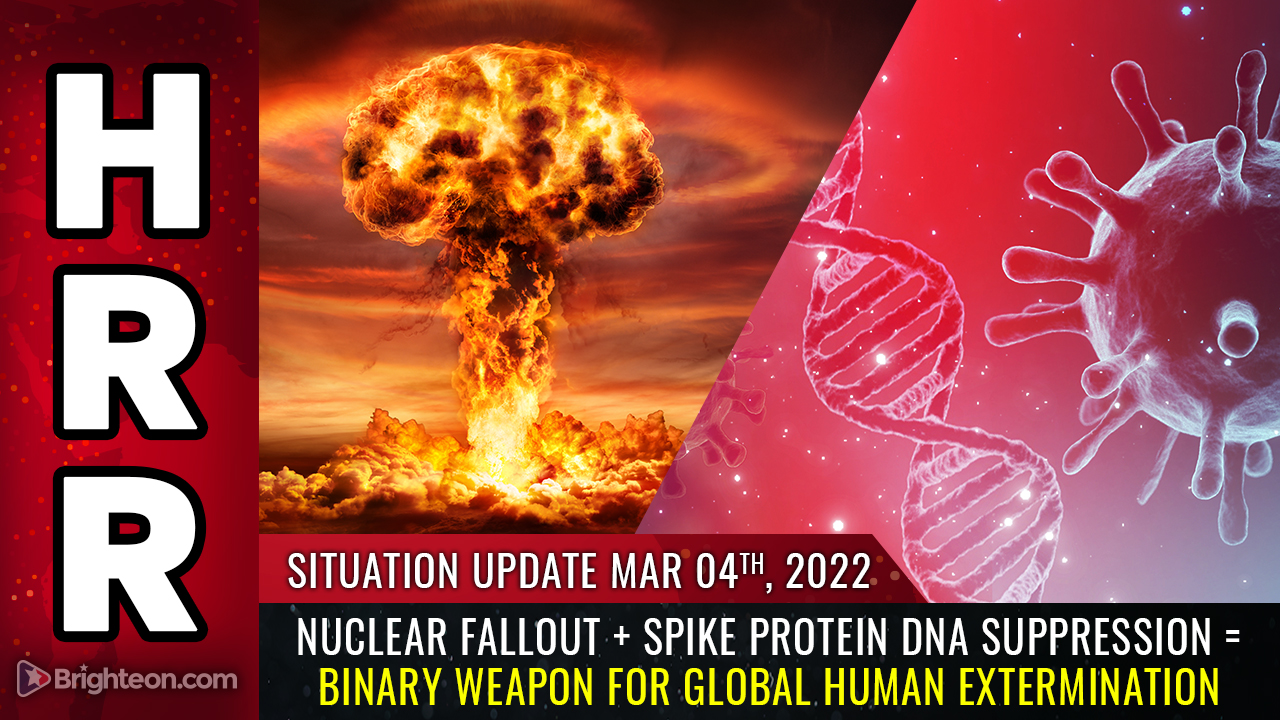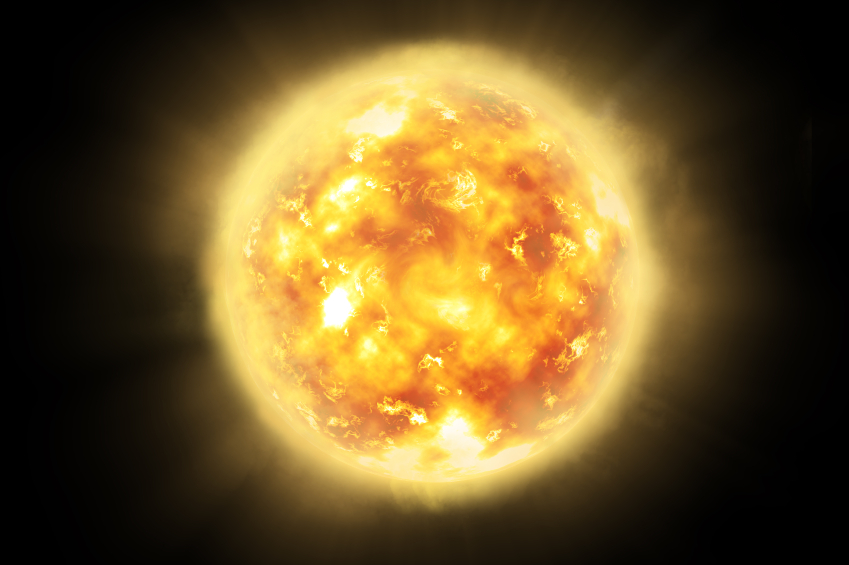Nuclear ground zero Fukushima remains largely abandoned ten years on
03/06/2022 / By Ramon Tomey

Large portions of Japan’s Fukushima Prefecture remain abandoned ten years after the natural disaster that crippled the area. The prefecture bore the brunt of an earthquake and tsunami that hit it in 2011, damaging a nuclear power plant based in the town of Okuma. Truly, Fukushima still feels the effects of the Fukushima Daiichi nuclear disaster after a decade – despite efforts to revive the area and attract former residents.
The Japanese government has allocated billions of dollars to rebuilding and decontamination efforts to bring back people and jobs displaced by the Fukushima disaster. But these efforts have barely convinced people to return to the nuclear ground zero. The prefecture saw a 10 percent drop in its population in the past decade, four times more than the neighboring Miyagi Prefecture’s 2.5 percent.
More than 160,000 people were evacuated from the nuclear plant’s surrounding area following the magnitude nine earthquake. The March 2021 tremor – the most powerful ever recorded to hit Japan – subsequently caused a tsunami that overwhelmed the Fukushima Daiichi nuclear power plant. The massive tidal wave shut off power to the plant’s cooling systems and led to its three reactor cores melting down. About 20,000 people were left missing or dead in the wake of the disaster, which overtook the 1986 Chernobyl meltdown as the world’s worst nuclear accident.
On the other hand, some Fukushima towns have acknowledged that things will not return back to the way they were before – even though they were rebuilt. In the town of Namie located north of Okuma, a stone monument lists 200 residents who lost their lives in the tsunami. The town’s entire population of 21,000 was forced to evacuate after prevailing winds spread radiation from the impacted nuclear power plant.
In 2017, part of Namie was re-opened to allow former residents to return. But only about 1,600 people have moved back, less than 10 percent of the town’s original population. According to surveys, more than half of those who were evacuated no longer plan to return. (Related: Fish off the coast of Fukushima show high concentrations of radioactive cesium.)
From its nuclear past, Fukushima sees its future in hydrogen power and robotics
From the rubble of its nuclear past, the prefecture has paved the pathway to the future by means of the Fukushima Innovation Coast. The endeavor aims to rebuild the area’s industrial output by means of clean energy, robotics and other technology projects.
The Fukushima Hydrogen Energy Research Field (FH2R) in Namie is among these projects meant to stimulate the prefecture’s manufacturing industry. It stands on a site previously meant for a new nuclear plant and has no full-time staff working on the premises. Following the Daiichi nuclear plant disaster, the original plan for a new facility was formally abandoned in 2013. The land was then turned over to the local government, making way for the hydrogen energy facility.
Japanese firm Toshiba Energy Systems & Solutions (Toshiba ESS) is among the parties behind the Fukushima hydrogen energy site. It announced the facility’s opening in a March 2020 press release. According to the press release, construction on the site commenced in 2018 and finished at the end of 2020.
FH2R can produce as much as 1,200 normal cubic meters of hydrogen per hour using renewable energy, and can adjust depending on supply and demand in the power grid, Toshiba ESS said. The hydrogen facility’s output will then be used to power fuel cell-powered cars and buses, stationary hydrogen fuel cell systems and mobility devices. FH2R aims to serve users in Fukushima, the Tokyo Metropolitan Area and other regions with the hydrogen it produces. (Related: Toyota’s hydrogen fuel cell can power SHIPS.)
New Energy and Industrial Technology Development Organization official Eiji Ohira described the importance of FH2R in the field of hydrogen production. “FH2R is presently the largest research facility in the world. The experience and data acquired through operating, maintaining and otherwise managing the facility will be invaluable for commercial implementations in the future,” he said.
FH2R is just a portion of larger efforts to kick-start recovery in Fukushima a decade after the nuclear disaster, reflecting the Japanese spirit of resilience. Fukushima Gov. Masao Uchibori told reporters on March 10: “It’s important for the recovery that we press ahead with simultaneously with policies to restore everyday life, and those that look ahead to a new future.
FukushimaWatch.com has more reports about the effects of the Daiichi nuclear plant disaster on the prefecture a decade on.
Sources include:
Submit a correction >>
Tagged Under:
Cesium-137, contamination, Daiichi Power Plant, earthquake, Fukushima Disaster, Fukushima Hydrogen Energy Research Field, Fukushima Innovation Coast, Fukushima Prefecture, Japan, Japanese resilience, natural disasters, nuclear, Nuclear Accident, nuclear disaster, radiation, rebuilding efforts, tsunami
This article may contain statements that reflect the opinion of the author
RECENT NEWS & ARTICLES
COPYRIGHT © 2017 RADIATION SCIENCE




















